To boost the computing power of artificial intelligence (AI), researchers have combined advanced machine learning with sophisticated 3D models of the human brain made from different types of brain tissue grown in the lab.
These miniature models of the brain, known as “mini brains,” have existed in various forms since 2013. But they have never been exploited as a way to enhance AI.
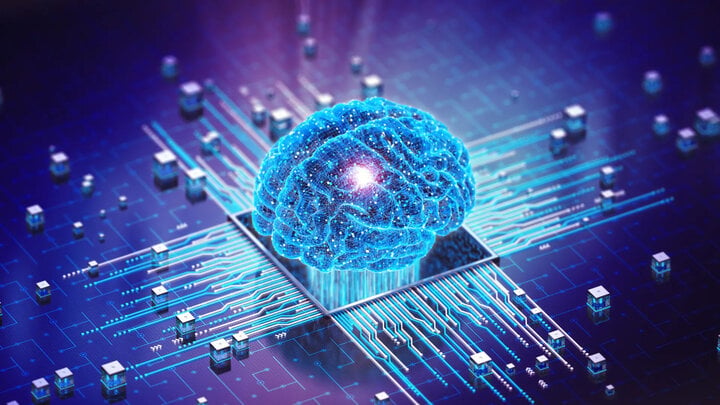
Scientists have combined machine learning, a type of artificial intelligence system, with a miniature 3D model of the brain. (Photo: Getty Images)
The new study uses more traditional computer hardware to input electrical data into the organoid and then decode the organoid's activity to produce output — so the organoid only serves as a "middle layer" of the computing process.
While this approach cannot mimic the actual structure of the brain or how it works, it could provide a first step toward creating biocomputers that borrow tricks from biology to make them more powerful and energy-efficient than traditional computers.
“Biocomputers” could also provide deeper insight into how the human brain works and how it is affected by neurodegenerative conditions, such as Alzheimer’s and Parkinson’s disease.
“We can essentially encode information – like visual or audio information – into the spatio-temporal pattern of electrical stimulation,” said study co-author Feng Guo, associate professor of intelligent systems engineering at Indiana University Bloomington.
In other words, the organic matter responded differently depending on the timing and spatial distribution of the electricity from the electrodes. The algorithm learned to interpret the body's electrical responses to that stimulation.
Using this unique hardware, the researchers trained their hybrid algorithm to complete two types of tasks: one involving speech recognition and another involving mathematics.
Previously, the computer showed about 78% accuracy in recognizing Japanese vowels from hundreds of audio samples. And it was quite accurate in solving the problem, but a bit worse than traditional machine learning models.
This study marks the first time a brain organoid has been used with AI, but previous studies have used simpler types of neural tissue grown in the lab in a similar way.
One of the benefits of creating a biocomputer is energy efficiency, since our brains use much less energy than today's advanced computing systems. But Smirnova says it could be decades before technology like this can be used to create a common biocomputer.
While organoids can't recreate a complete human brain, Smirnova hopes the technology will help scientists better understand how the brain works, including diseases like Alzheimer's.
(Source: Tien Phong/Live Science)
Source
















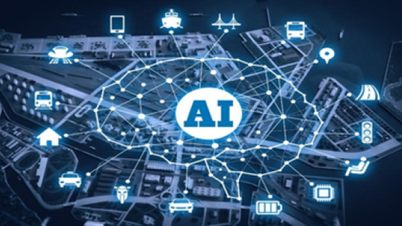
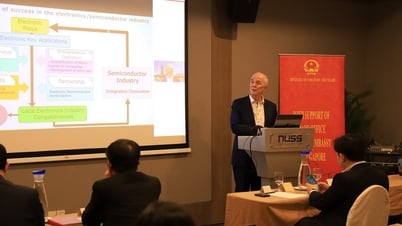

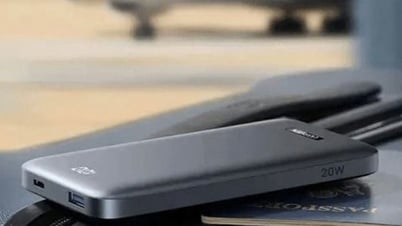




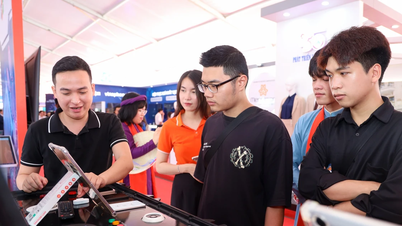

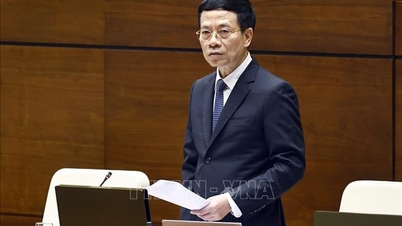













































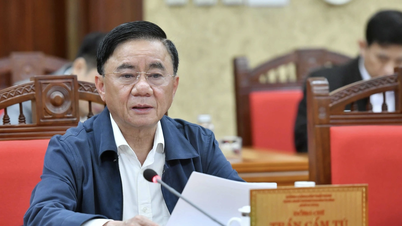

































Comment (0)